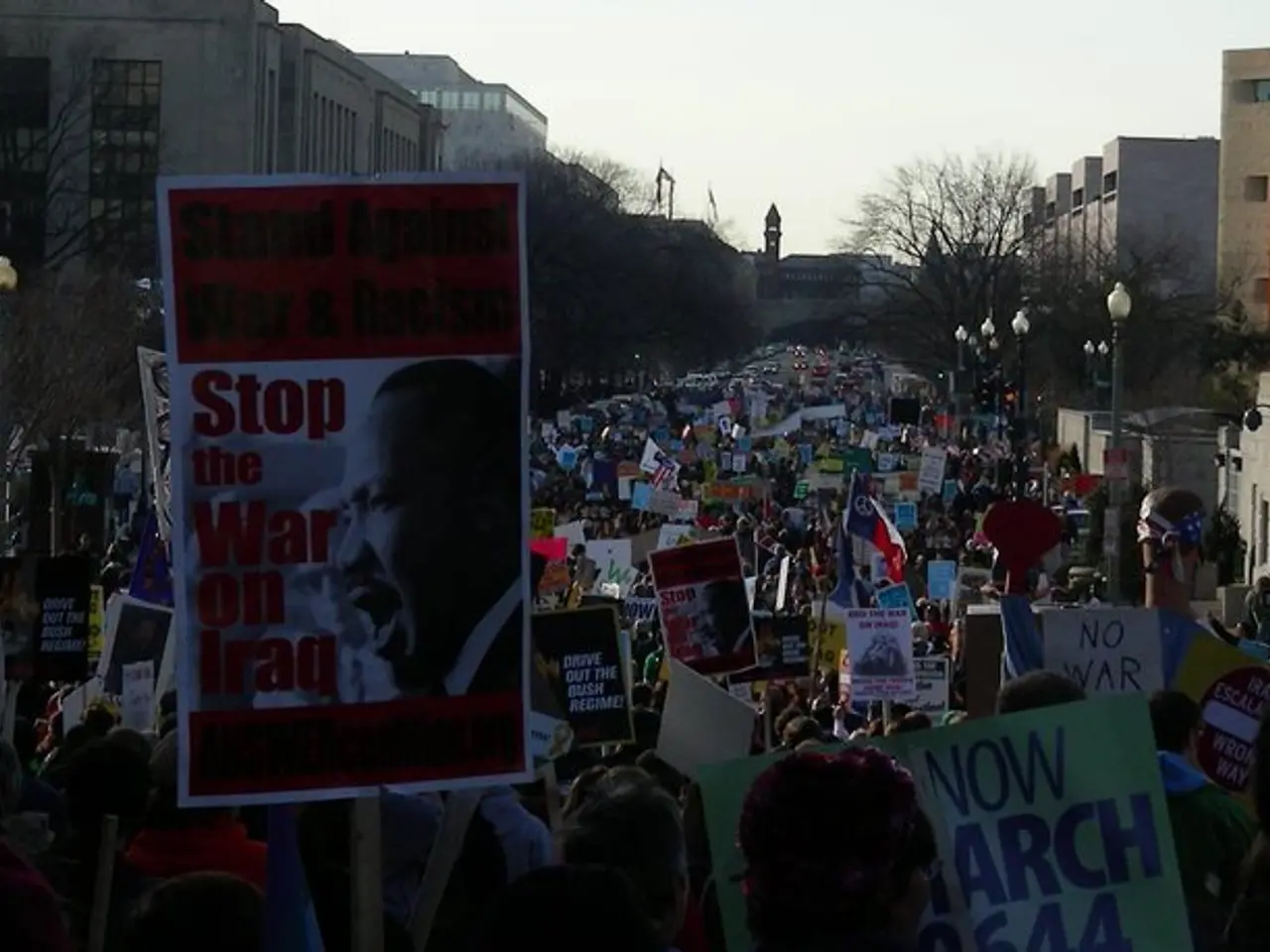Evaluation of Initial Incidents: Minimal Aggressions Toward Refugees
In Germany, there has been a significant increase in delayed reporting and unidentified motives for crimes against asylum seekers and refugees, leading to underreporting and inflating the "dark figure" of crime, according to recent findings. This underreporting creates gaps or uncertainties in official crime statistics, impacting the accuracy of crime data.
Police deployments to asylum accommodations have become commonplace, with around 40 visits daily in North Rhine-Westphalia during early 2025. These visits cover a range of incidents, from minor conflicts to serious offenses such as theft, assault, and even homicide. However, many responses end in mediation or welfare checks rather than arrests or prosecutions, indicating a potential disconnect between incidents and recorded criminal convictions.
The reasons for this underreporting are complex. Language barriers, mistrust of authorities, and fear of repercussions among asylum seekers and refugees often hinder timely crime documentation and complicate the integration of these crimes into official crime statistics. As a result, some crimes against this group may not be recorded promptly or at all, contributing to the "dark figure" rate.
The issue of crime involving asylum seekers is a subject of political and public debate. Official police data indicates that around 42% of suspects have foreign nationality, but some studies question a systematic link between migration and increased crime, emphasizing the complexity of the issue. This polarization can affect both the reporting practices and the interpretation of crime data, potentially causing discrepancies between perceived and official crime rates.
Interestingly, there has been a significant decline in asylum applications in 2025, with the number halved compared to 2024. While this may affect crime patterns and police reporting workload, it does not necessarily reduce delayed reporting or unidentified motives.
Despite these challenges, it is crucial to address the issue of underreporting and unidentified motives in crimes against asylum seekers and refugees to accurately capture crime data. The use of unconstitutional organization symbols or acts of violence are often involved in these crimes, making it even more important to ensure their proper documentation.
Clara Bünger, interior policy spokesperson for The Left, has stated that racist harassment, threats, and physical assaults are still part of daily life for people seeking protection in Germany. It is essential to continue the dialogue on this issue and work towards solutions that promote a more inclusive and safe society for all.
- Due to language barriers, mistrust of authorities, and fear of repercussions, many crimes against asylum seekers and refugees may not be reported in a timely manner, contributing to a high "dark figure" of unreported crimes in the field of crime-and-justice.
- The ongoing debate about crime involving asylum seekers in politics and general-news demonstrates that a significant portion (42%) of suspects have foreign nationality, but the link between migration and increased crime is questioned, adding to the complexity of interpreting crime data accurately.








